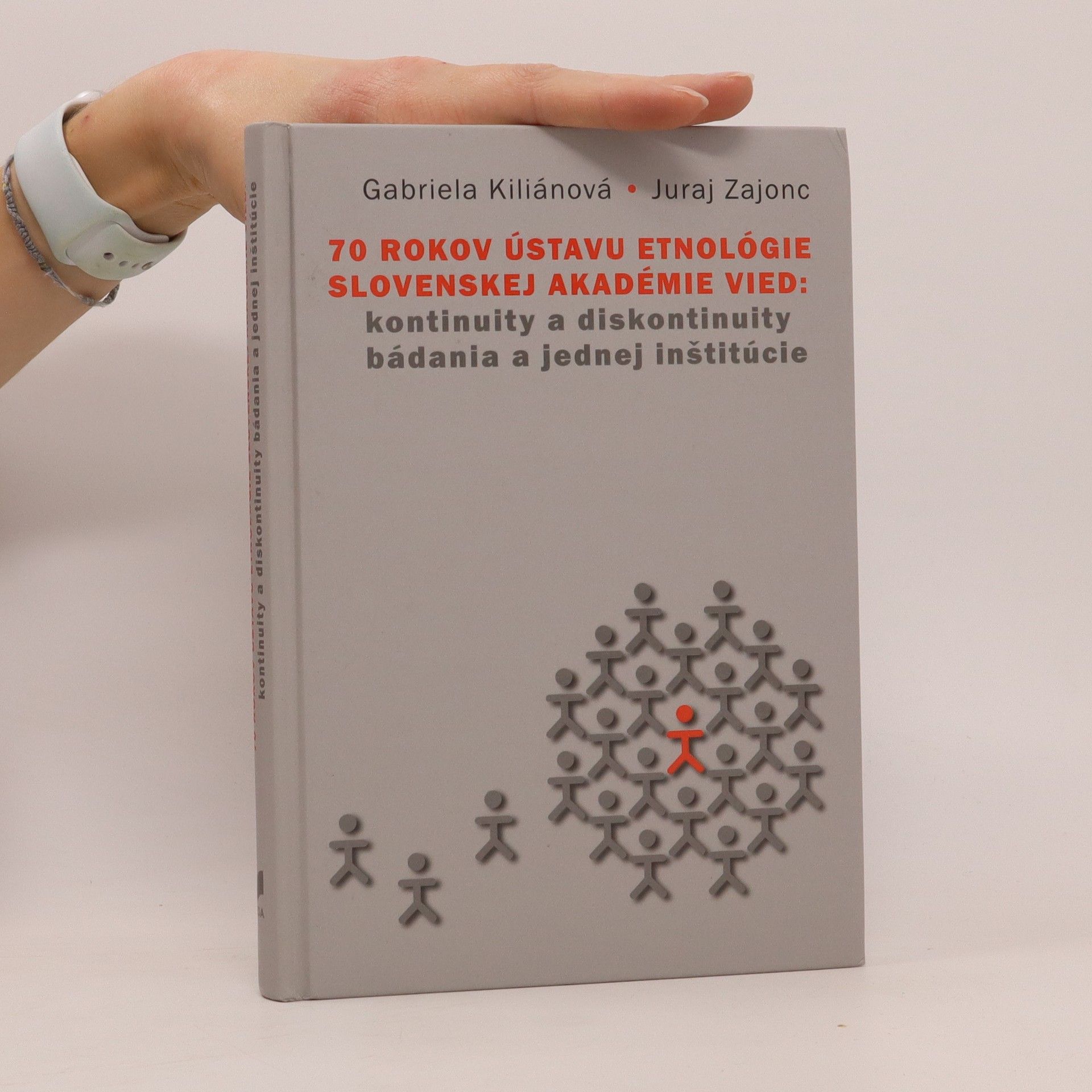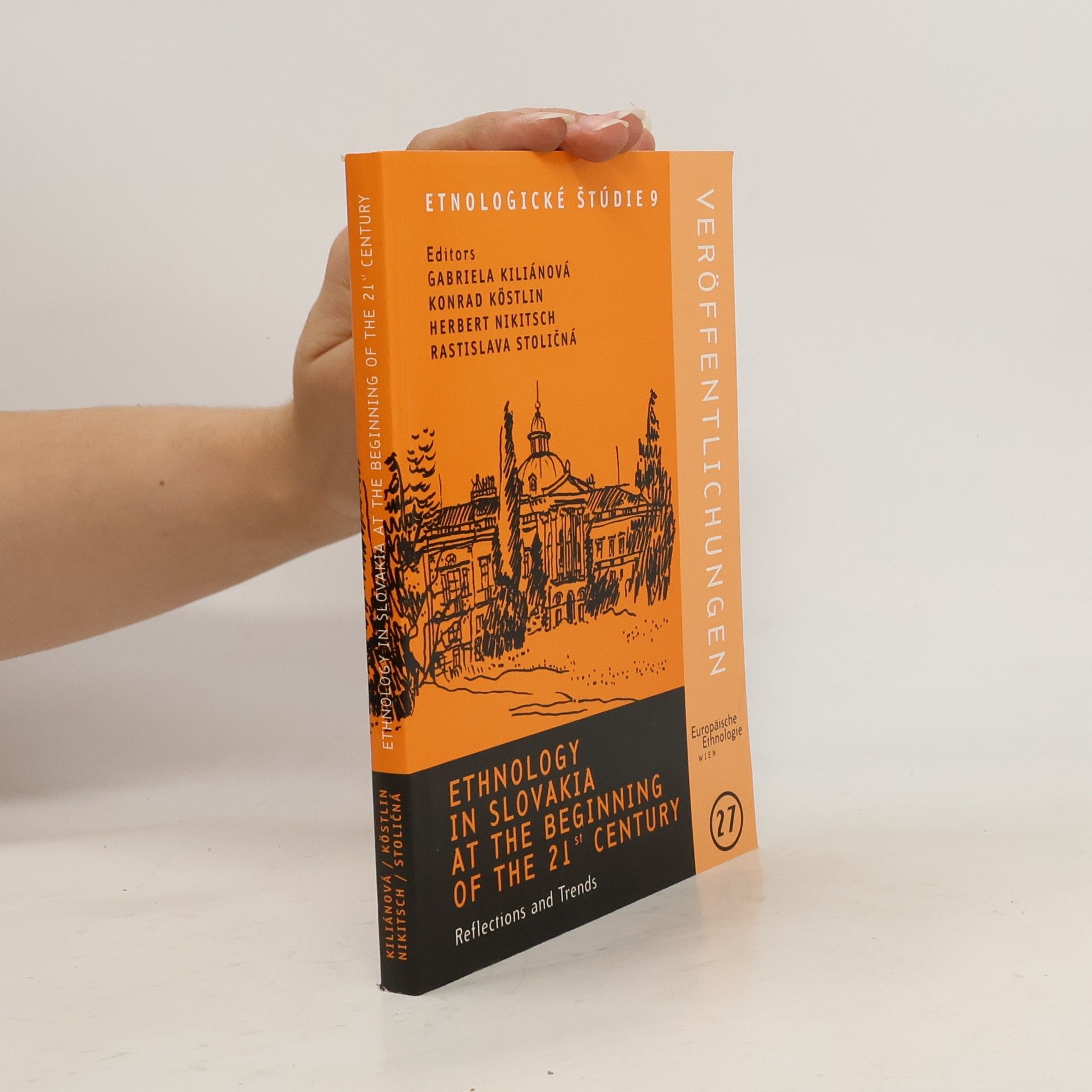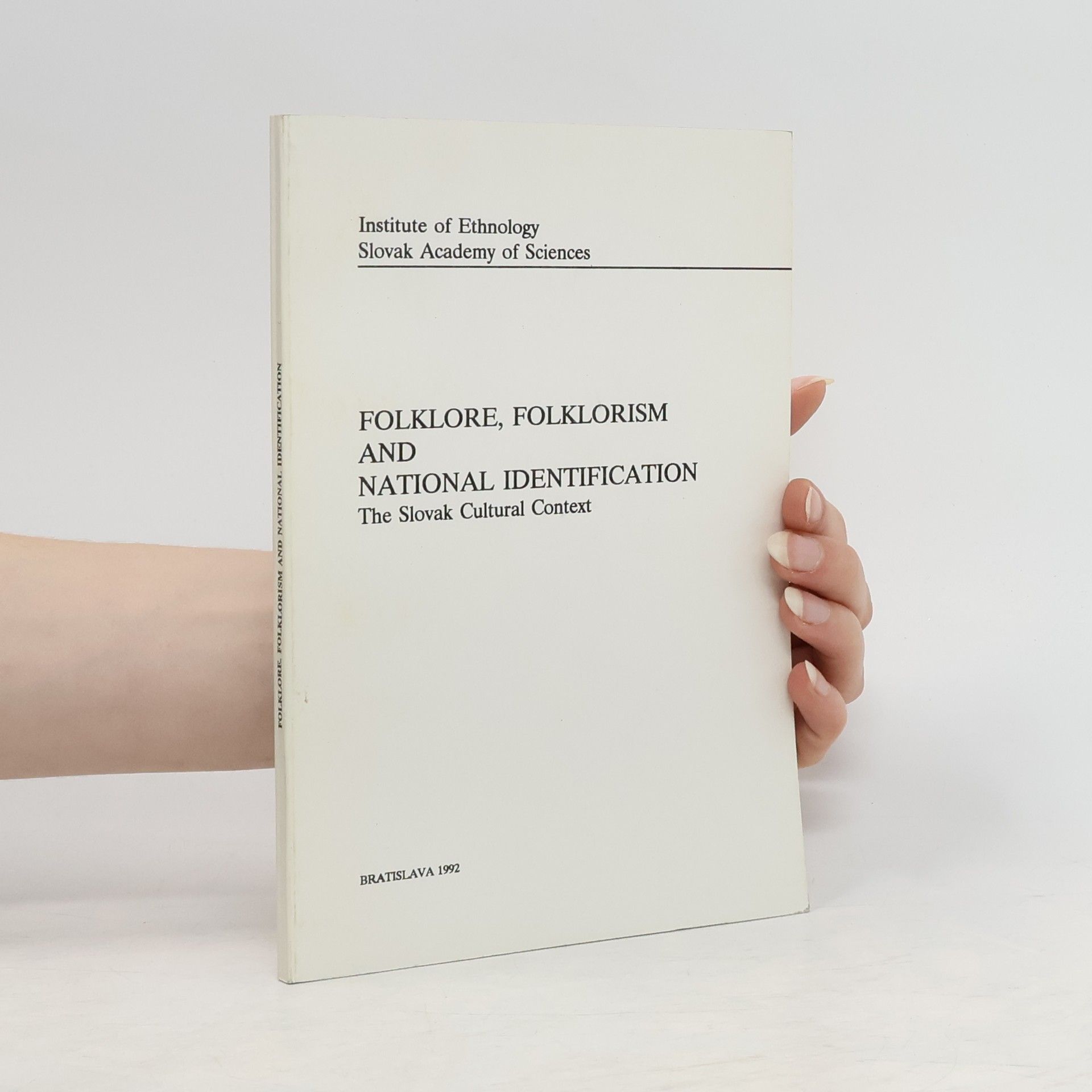Folklore, Folklorism and National Identification
The Slovak Cultural Context





The Slovak Cultural Context
Podtitul: kontinuity a diskontinuity bádania a jednej inštitúcie Táto súhrnná publikácia systematickým spôsobom odkrýva trajektóriu jej fungovania a smerovania počas siedmich dekád a jej postupnú premenu od národopisného (etnografického a folkloristického pracoviska) po moderné etnologickéa sociálno-kultúrne antropologické pracovisko. Čitateľ sa prehľadnou formou oboznámi s kľúčovými obdobiami, projektmi, dielami a osobnosťami. Text publikácie sleduje jednotlivé historické obdobia, pričom si podrobne všíma príslušné dobové kontexty a vzťahy. Zostavovatelia čerpali z archívnych prameňov a aj z doteraz nepublikovaných dát z Ústredného archívu SAV.